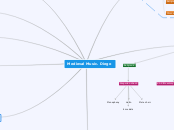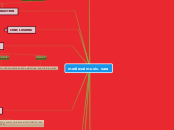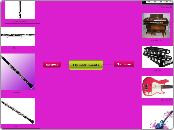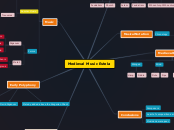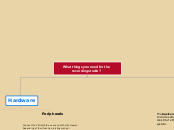Medieval Music. Diego
Medieval dances
There were 4 different types of dances
Country dances
Line dances
Court dances
Circle dances
Instruments
There also were two types
Outdoor instruments
The BAGPIPES
Indoor instruments
The PSALTERY
The RECORDER
There were 3 different types of instruments, like nowadays
Wind
Flute, pipe...
Percussion
Drum, cymble...
Stringed
Harp, fidole...
Form
Texture
Polyphonic
Monophonic
Early polyphony
Melody added above
The Gregorian chant
Florid organum
Melismatic
XI century
Notation
Evolution
Square notation: Dots became rectangles so that the rhytmic modes could be written.
Dots that represent how low or high every pitch is. Firstly they were written without lines and then lines were added to represent how low or high these pitches were.
Neumes, symbols imitating the wavy movement of the hand while conducting the choir.
It began in the 8th century to keep and fix all the Gregorian chant repertoire
Music
No religious / secular
Trouveres
Hadam de la Halle
Inventor of the motet
A piece of music where two or more different verses are fit together simultaneously without regard to harmony.
The most famous troubador ever
Love songs
They do the 1st musical piece
Different countries
Western europe
Germany
France
XI - XIII century
Religious
Gregorian chant
4 modals
Mole choir
Latin
Monophony
Introduction
Chronology
V century - XV century
Religion
Islam
Christianism
Society
Kings and lords
Warriors
Church
Economics
Feudalism
